By SarhindTimes Environment Desk | New Delhi | Tuesday, October 21 2025
Lead
As Delhi lights its diyas, the sky above is turning grey. The Air Quality Index (AQI) crossed the ‘very poor’ mark across most monitoring stations late Monday, forcing authorities to implement Stage II of the Graded Response Action Plan (GRAP). From stricter dust control to curbs on diesel gensets, the capital is now on high alert. Health agencies have urged citizens to limit outdoor activity, as doctors warn that even brief exposure could irritate lungs already stressed by the season’s first pollution spike.
The Scene on the Ground
At 6 a.m., visibility near ITO dropped under a milky haze.
Commuters on the DND Flyway found taillights fading into smoke.
By noon, the Central Pollution Control Board (CPCB) dashboard displayed AQI readings between 310 and 350—squarely in the ‘very poor’ bracket.
The worst pockets included Anand Vihar (362), Jahangirpuri (348), and Dwarka Sector-8 (336).
Satellite towns Gurugram and Noida weren’t spared either, reporting AQIs of 315 and 328 respectively.
The Environment Ministry’s Sub-Committee on GRAP convened late Monday and formally invoked Stage II restrictions—only a notch below the severe emergency measures of Stages III and IV.
What GRAP-II Means for Citizens
The Graded Response Action Plan is Delhi-NCR’s playbook for tackling winter pollution.
Stage II targets fine-particulate levels between 301–400 AQI.
Its key directives are:
- Ban on diesel generator sets (except for essential services such as hospitals and data centres).
- Intensified mechanised road cleaning and water sprinkling on dust-prone stretches.
- Enhanced inspection of construction sites; violators face closure and ₹10-lakh penalties.
- Public-transport boost—extra buses and Metro frequency during rush hours.
- Advisories for work-from-home in government and private offices if the situation worsens.
Officials of the Commission for Air Quality Management (CAQM) say Stage II is meant to “arrest deterioration before it reaches an irreversible phase.”
Why Air Worsens Every Diwali
Meteorologists identify three recurring culprits:
- Low wind speed—the “mixing height” of air layers shrinks as nights turn colder, trapping pollutants.
- High humidity—fog condenses particulate matter, forming smog.
- Cracker smoke—short but intense bursts of PM2.5 and sulphur compounds.
When these combine, Delhi’s bowl-shaped topography acts like a lid.
This year, conditions have been unusually stagnant since October 18.
The India Meteorological Department (IMD) recorded surface winds below 4 km/h, insufficient to disperse pollutants.
Health Toll Rising
Respiratory OPDs in major hospitals have already seen a 30–40 percent uptick.
Doctors report spikes in wheezing, eye irritation, and throat dryness.
Dr Arvind Kumar, chairman of Medanta’s Lung Institute, notes:
“This is not just pollution; it’s poison. PM2.5 particles penetrate deep into the bloodstream. For children and elders, every minute of exposure counts.”
Even those without pre-existing conditions complain of fatigue and poor sleep quality.
Pharmacies across Delhi-NCR say demand for N95 masks and inhalers has surged sharply since Sunday.
The Enforcement Drive
Municipal bodies and traffic police began night-patrol operations to catch dust violations.
At least 77 construction sites were sealed overnight for not following dust-mitigation norms.
Civic teams sprinkled treated water along PWD roads, while MCD sanitation trucks worked double shifts.
Joint Commissioner (Traffic) Anita Chaudhary told Sarhind Times:
“We are focusing on vehicular idling at red lights. A single minute of idle time across Delhi adds up to tonnes of unburned fuel daily.”
Mobile enforcement units have also been stationed at landfill hotspots such as Bhalswa and Ghazipur to curb fires.
Gurugram’s Parallel Battle
Across the Delhi border, Gurugram’s AQI mirrored the capital’s deterioration.
The Municipal Corporation of Gurugram (MCG) deployed 40 mechanised sweepers, 35 water tankers, and drone surveillance of dust corridors like Golf Course Road and Dwarka Expressway.
Deputy Commissioner Nishant Kumar Yadav appealed to residents:
“Avoid outdoor fire rituals, don’t burn leaf waste, and report violations on the Green App. Clean air is a collective duty.”
The MCG’s “Clean Air Zone” pilot—using AI sensors near schools—showed pollution peaking at 7 p.m., when cracker use began.
Firecrackers: The Emotional Flashpoint
Despite repeated bans, fireworks remain Delhi’s most contentious Diwali tradition.
The Supreme Court’s 2023 order reaffirmed the prohibition on barium-salt crackers, yet unlicensed stock continues to surface.
This year, Delhi Police seized over 60,000 kg of illegal fireworks in pre-festival raids, the largest haul in five years.
Environmentalists urge restraint, not policing alone.
Sunita Narain, Director-General of the Centre for Science and Environment (CSE), argues:
“Diwali need not be silent, but it must be sane. Celebrate light, not smoke.”
The Economic Angle: Cost of Smog
Every winter, pollution exacts a hidden tax.
A 2024 World Bank report estimated that Delhi’s smog costs nearly 1.5 percent of the city’s GDP—through lost productivity, healthcare expenditure, and tourism slowdown.
Flight disruptions are another drain: between November 2024 and January 2025, the Delhi airport logged over 600 delays due to poor visibility.
Insurance companies now treat “air-quality-related health claims” as a distinct actuarial category.
For small traders, footfall drops as shoppers prefer online orders.
Ironically, the same festive surge in logistics emissions contributes to the spiral.
Technology and Citizen Science
Digital tools are reshaping awareness:
- AQI mobile dashboards (SAFAR, AQI India) now push live alerts to 10 million users daily.
- Community groups install low-cost sensors on rooftops, feeding hyper-local data into open maps.
- Ed-tech firms schedule “green hours,” encouraging students to log outdoor reading when AQI dips.
This participatory model has turned pollution tracking from a bureaucratic chore into civic engagement.
Public Awareness and Behavioural Nudges
The Delhi Government’s ‘Red Light On, Gaadi Off’ campaign has returned with volunteers at 100 intersections.
Simultaneously, RWA (Resident Welfare Association) committees have launched eco-mela stalls selling earthen diyas, organic colors, and air-purifying plants.
Schools have circulated advisories urging parents to send children in N95 masks and schedule indoor play sessions until AQI falls below 250.
Hope on the Horizon
Meteorologists predict a mild wind revival from the northwest by Thursday.
If realized, it could disperse the stagnant layer.
Longer-term, city planners are banking on:
- Expansion of the Green Wall plantation along NH-8 and KMP Expressway.
- Smog towers around Anand Vihar, Dwarka, and IFFCO Chowk.
- Gradual transition to EV public fleets by 2027.
But experts warn that unless regional stubble-burning is checked, these will remain palliatives. Punjab’s farm fires are already visible in NASA satellite images, though counts are marginally lower than 2024.
The Human Face of Pollution
Inside a small clinic in Lajpat Nagar, 9-year-old Aarav inhales through a nebulizer while his mother fans away the smell of antiseptic.
“Every October is the same,” she sighs.
For families like hers, AQI numbers are not statistics—they’re symptoms.
Yet acts of kindness persist: volunteers from Project Breathe India distribute free masks at traffic signals, and gig-workers crowdfund portable purifiers for delivery hubs.
Policy Crossroads
The CAQM is considering making Stage II entry automatic once AQI crosses 300 for 24 hours, rather than waiting for deliberation.
Advocacy groups want the same rigor applied to industrial emissions and diesel trucking.
Urban-design experts propose incentives for last-mile EV logistics, retrofitting of bus depots with solar roofs, and carbon-credit trading between cities.
The political challenge: implementing tough reforms without alienating voters or small-business owners during the festival season.
Conclusion: Diwali of Responsibility
Diwali symbolizes the triumph of light over darkness.
But for Delhi-NCR, the metaphor now extends to science over smoke.
Each citizen’s decision—to skip a cracker, switch off an idling engine, or support cleaner transport—adds a watt of light to the collective air.
The season of joy must not become a season of breathlessness.
As the diyas flicker tonight, let the resolve be clear: Clean air is not a luxury; it is the right to celebrate without suffocation.
#DelhiAQI #GRAP #AirPollution #Diwali2025 #CleanAir #Environment #PublicHealth #NCR
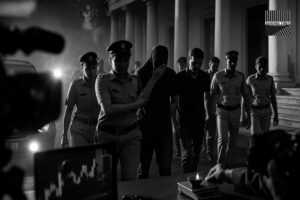



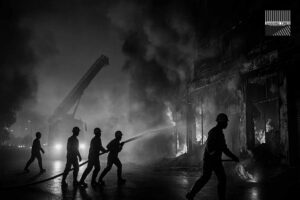






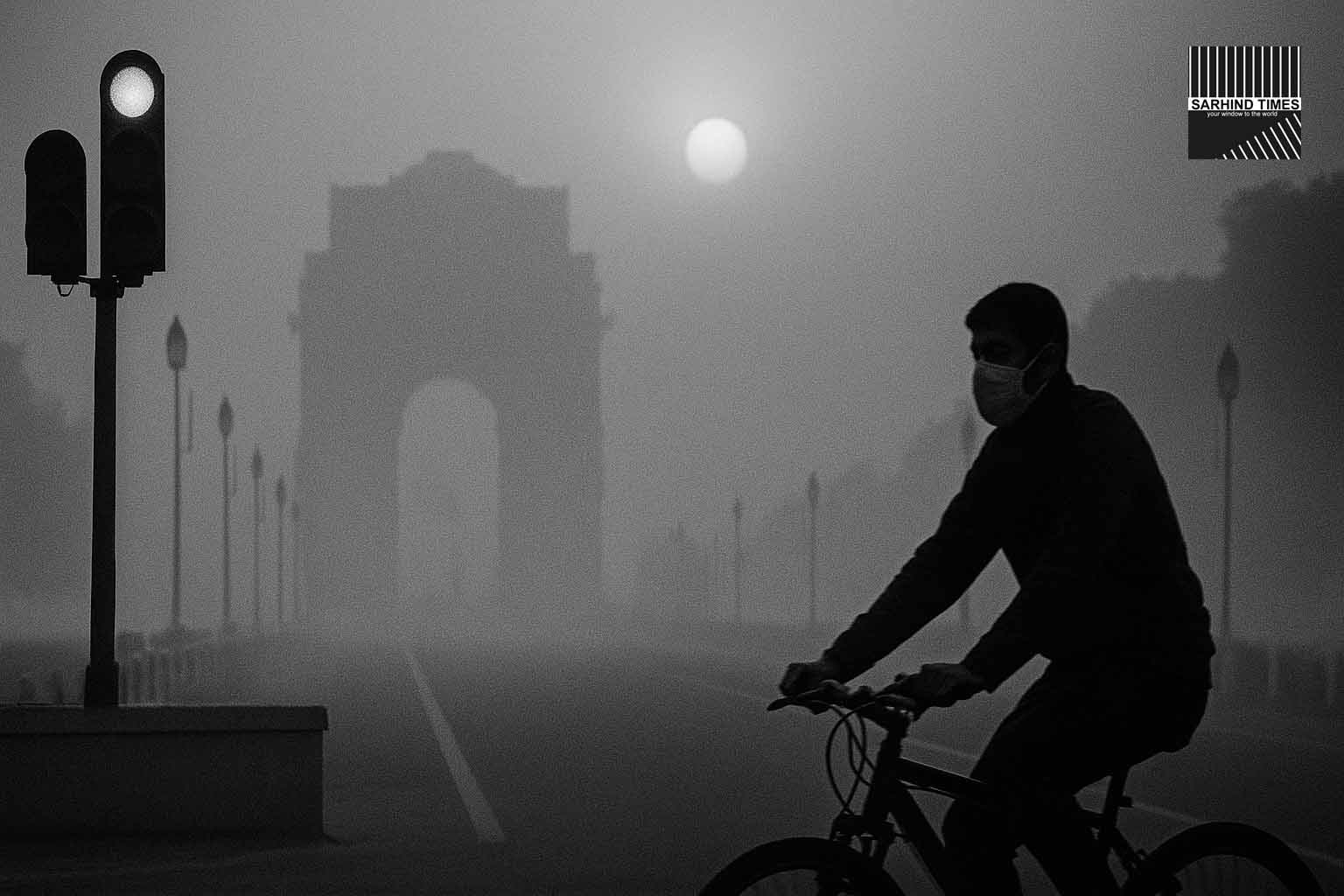

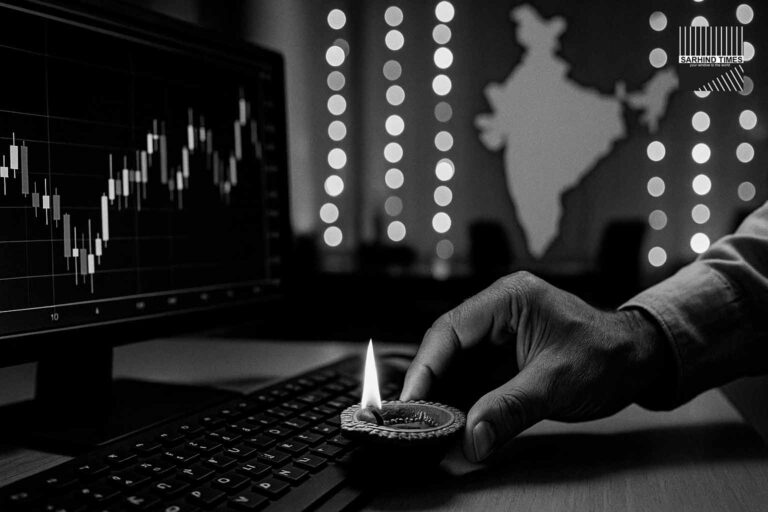
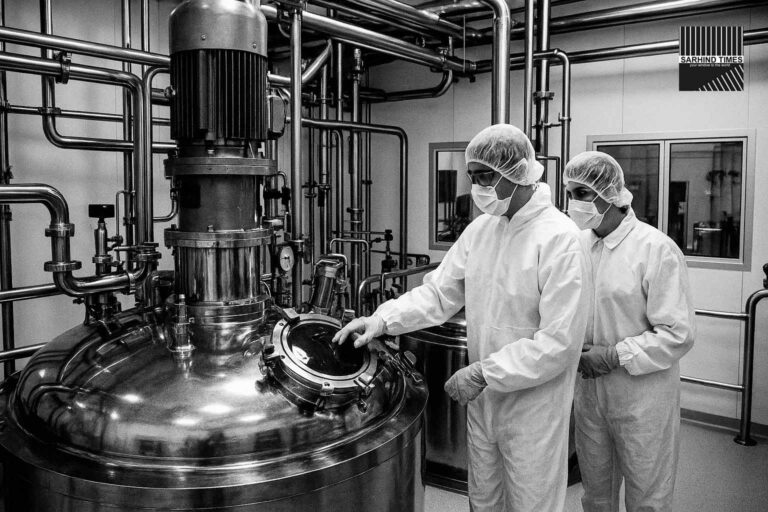
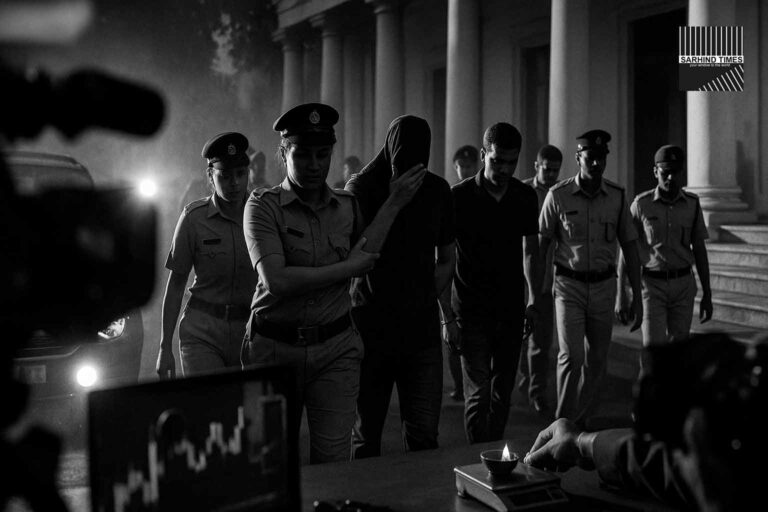

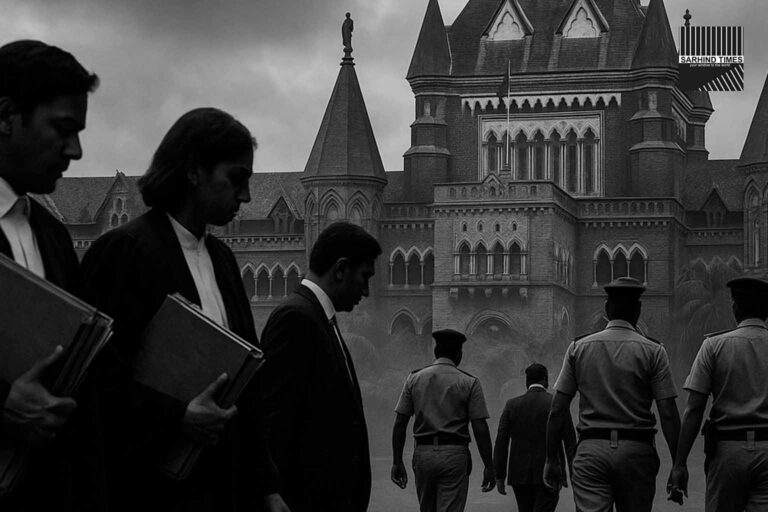
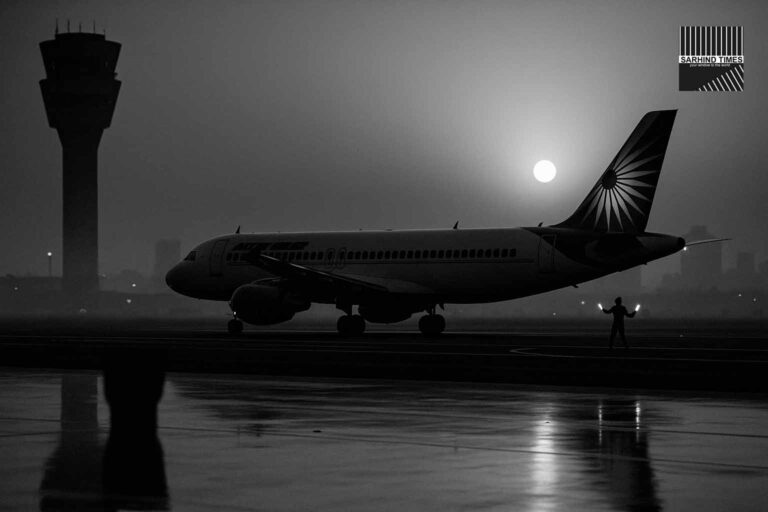
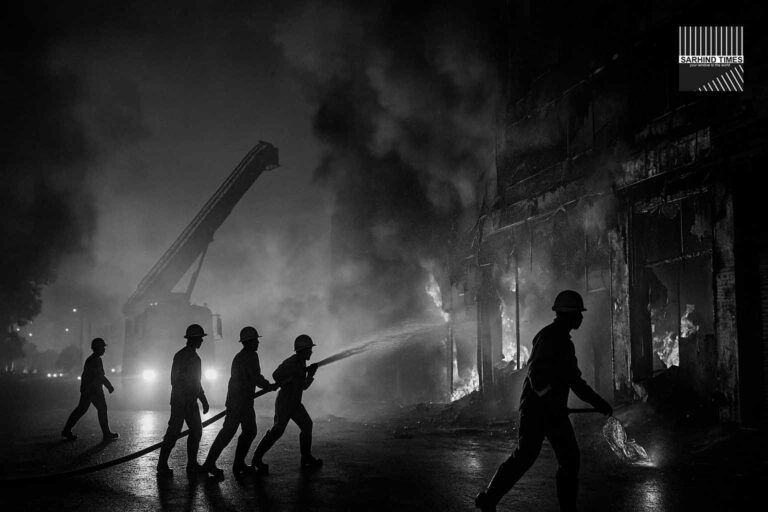
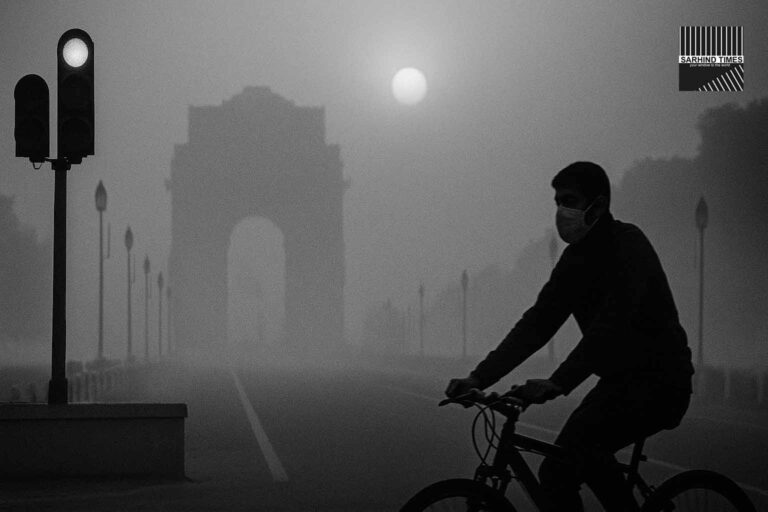
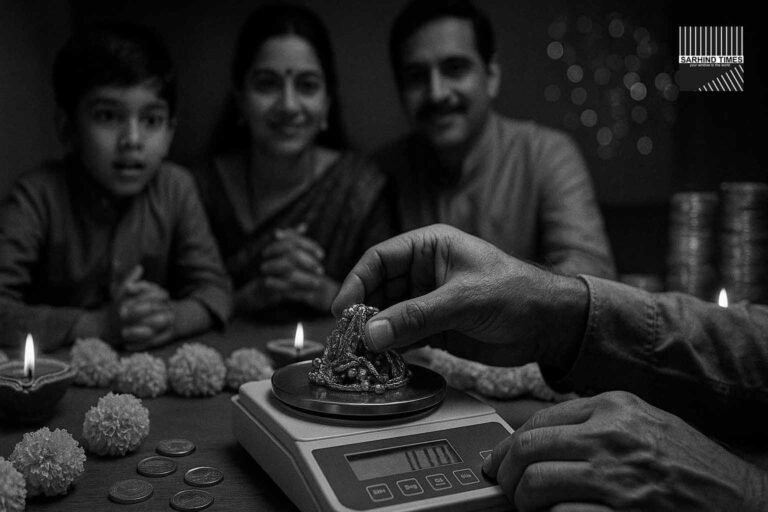
+ There are no comments
Add yours